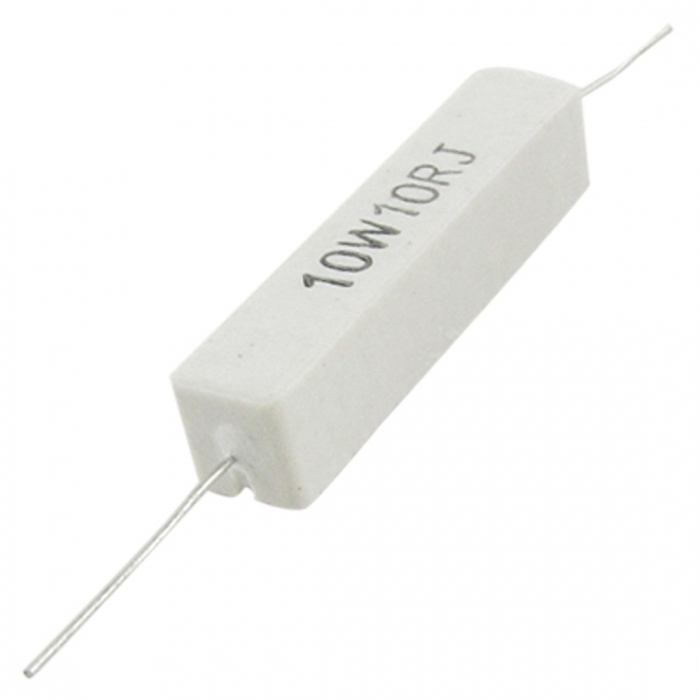A resistor is the simplest element of electronic circuits that has the ability to resist the electric current flowing through it. The name of this device comes from the English word resist, which means resistance.
The nominal resistance of the resistor is measured in Ohms (Ohm, kOhm, mOhm), in honor of the scientist George Ohm, who discovered the law according to which the resistance of an
electric circuit is equal to the ratio of voltage to current of the circuit.
Resistors with different nominal resistance values are manufactured in industry. There are three main types of these devices: fixed, variable, tuning.
The constant resistor is the most numerous class of elements having constant resistance. A marking indicating the type of resistor, value of nominal resistance, accuracy class, power dissipation, etc. is applied to the case of such a device. This information is encoded in various ways. So, you can find elements in which all the data is recorded using color marking (from three to seven colored transverse stripes). To read these values, you must use a special table, which can be found in the reference literature or in the technical description of these elements. The second type of recording is alphanumeric. With this method, information is transmitted using characters and numbers. So, a 10 ohm resistor can be marked as follows: MLT 10R. MLT means device type.

A variable resistor is a device that has a certain range of nominal resistance. On the case of such an element there is an adjustment element (screw or rotary knob), with which you can set the required resistance of the device. On such devices, the marking of the nominal value is indicated in alphanumeric form - the limit from the minimum to maximum resistance value is indicated. Such devices are widely used to adjust and tune signals: as tone, level, volume, and frequency controls in radio receivers.
A tuning resistor is a device that has a certain range of nominal resistance, but unlike variables, this range is negligible. Such elements are widely used in electronic circuits.
They are intended for tuning and fine-tuning the required parameters when designing radio equipment or in high-precision devices where the spread of characteristics is not allowed. They allow you to accurately set the required resistance, as a result, there is no need for soldering-soldering resistors of constant value to select the required value.
In addition to the main parameters, any resistor has a so-called parasitic characteristic - capacitance. What is this parameter? The parasitic capacitance of the resistor is usually very small and does not particularly affect anything. It is only necessary to take it into account when designing high-precision equipment. Spurious capacitance is present between the terminals of the element; it turns out that a capacitor is soldered in parallel to the resistor. Also, capacitance can occur between the resistor and adjacent parts of the printed circuit board and parts of the structure.
This concludes a brief overview of such an element as a resistor, and we can find more detailed information in textbooks on industrial electronics.